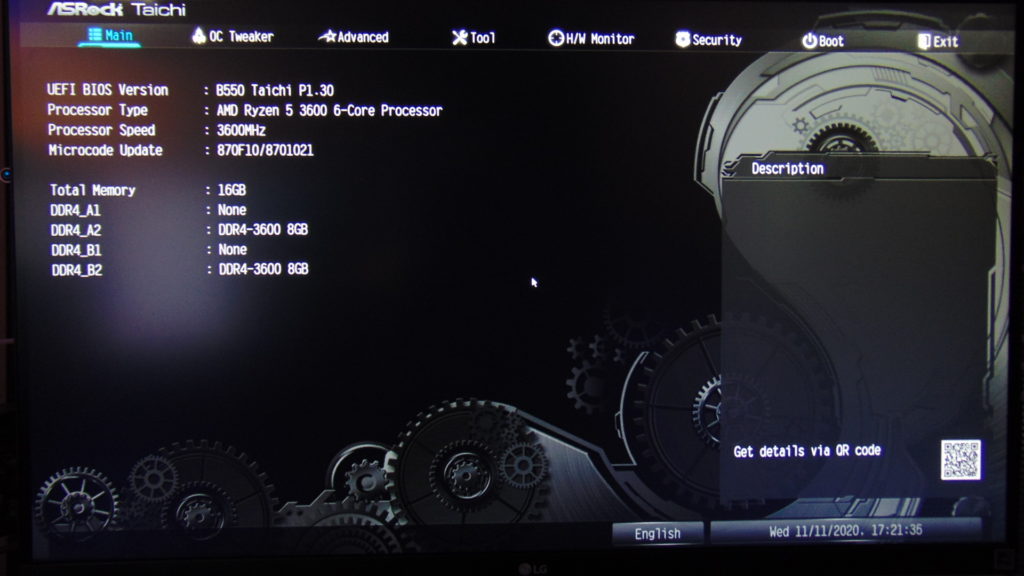BIOS
We updated the BIOS immediately upon setup, we are using the latest version which is version 1.30 dated 8/24/2020. It contains AMD AGESA Combo-AM4 V2 1.0.8.0 Patch A.
OC Tweaker

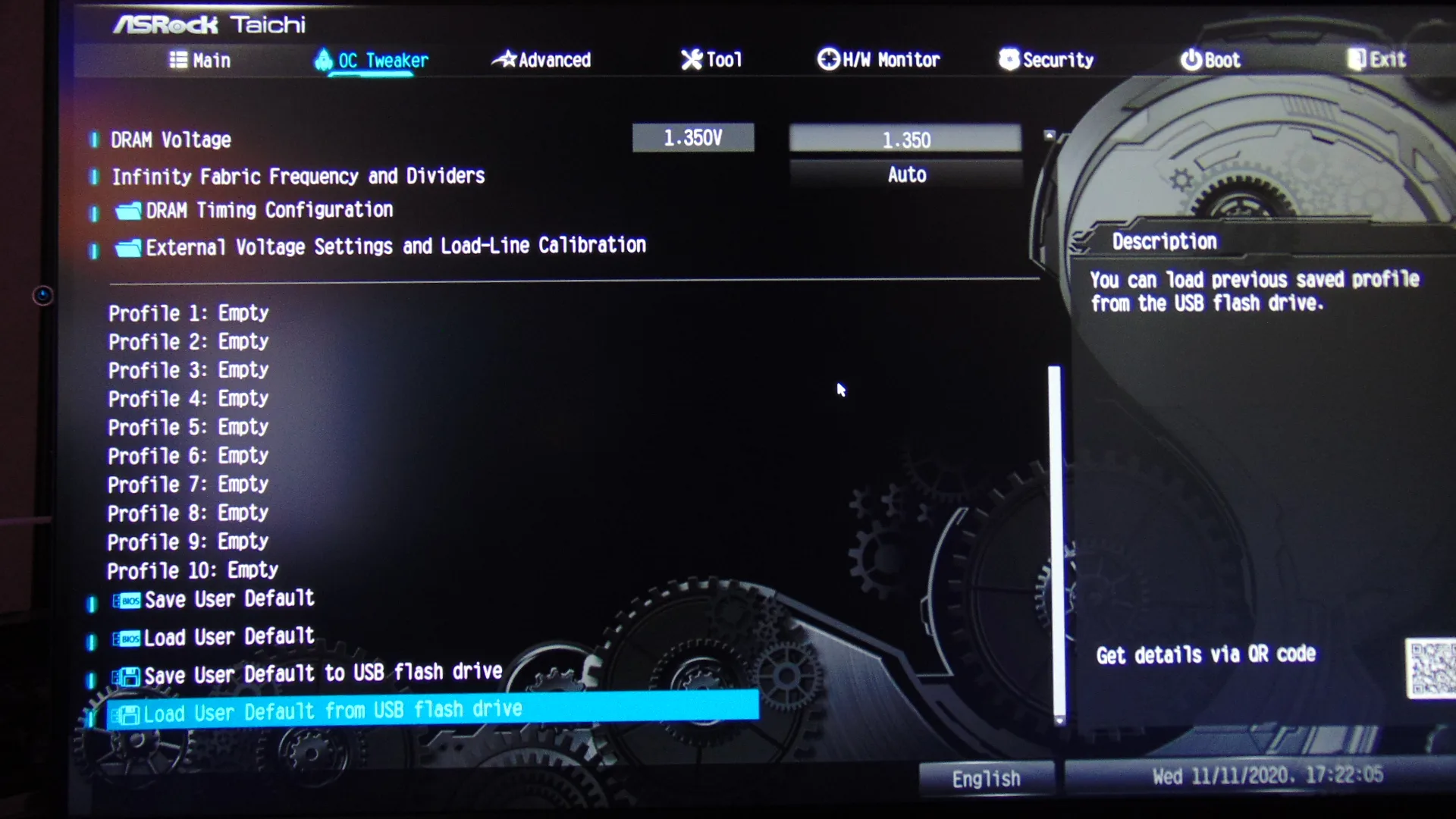
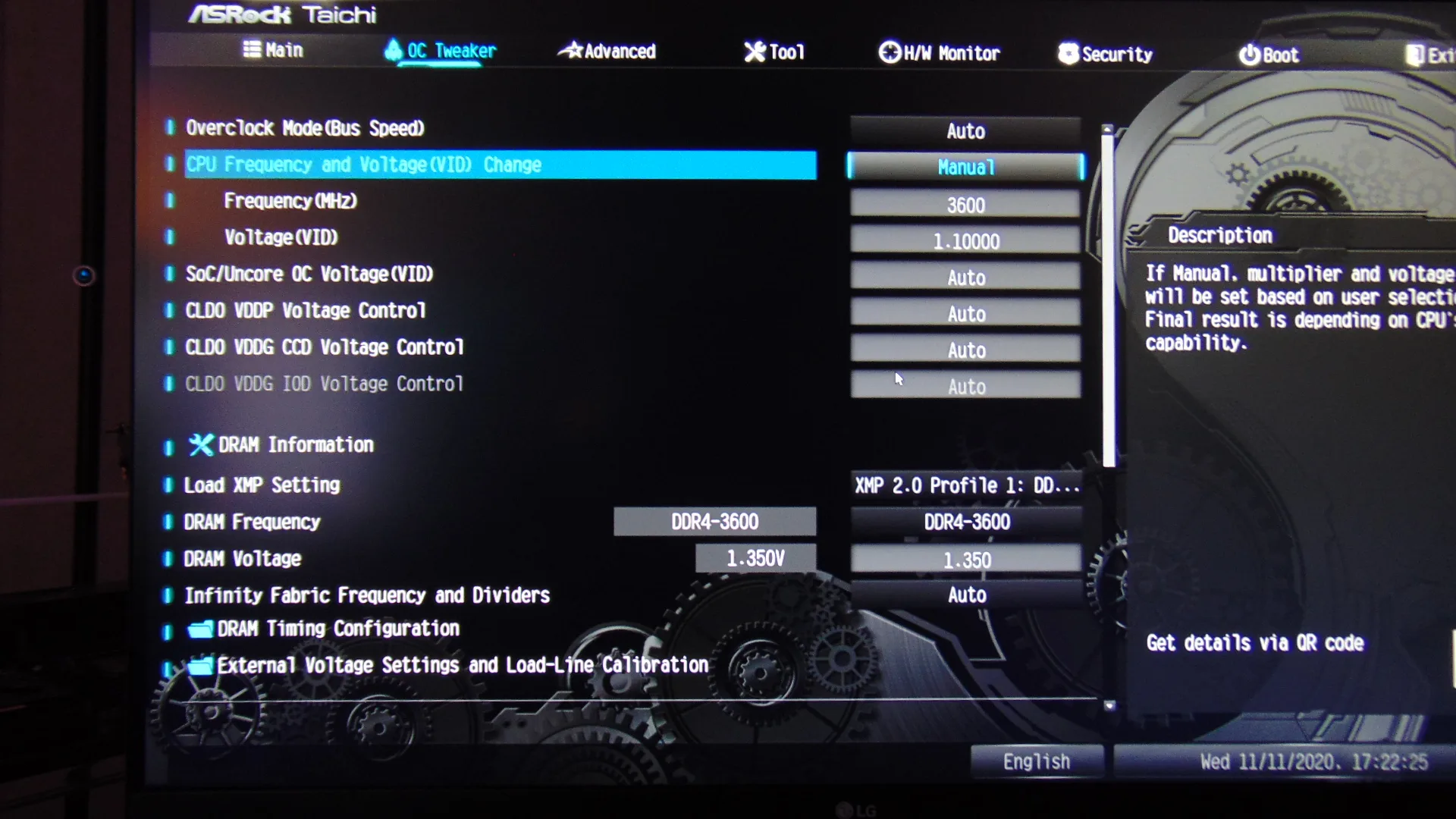
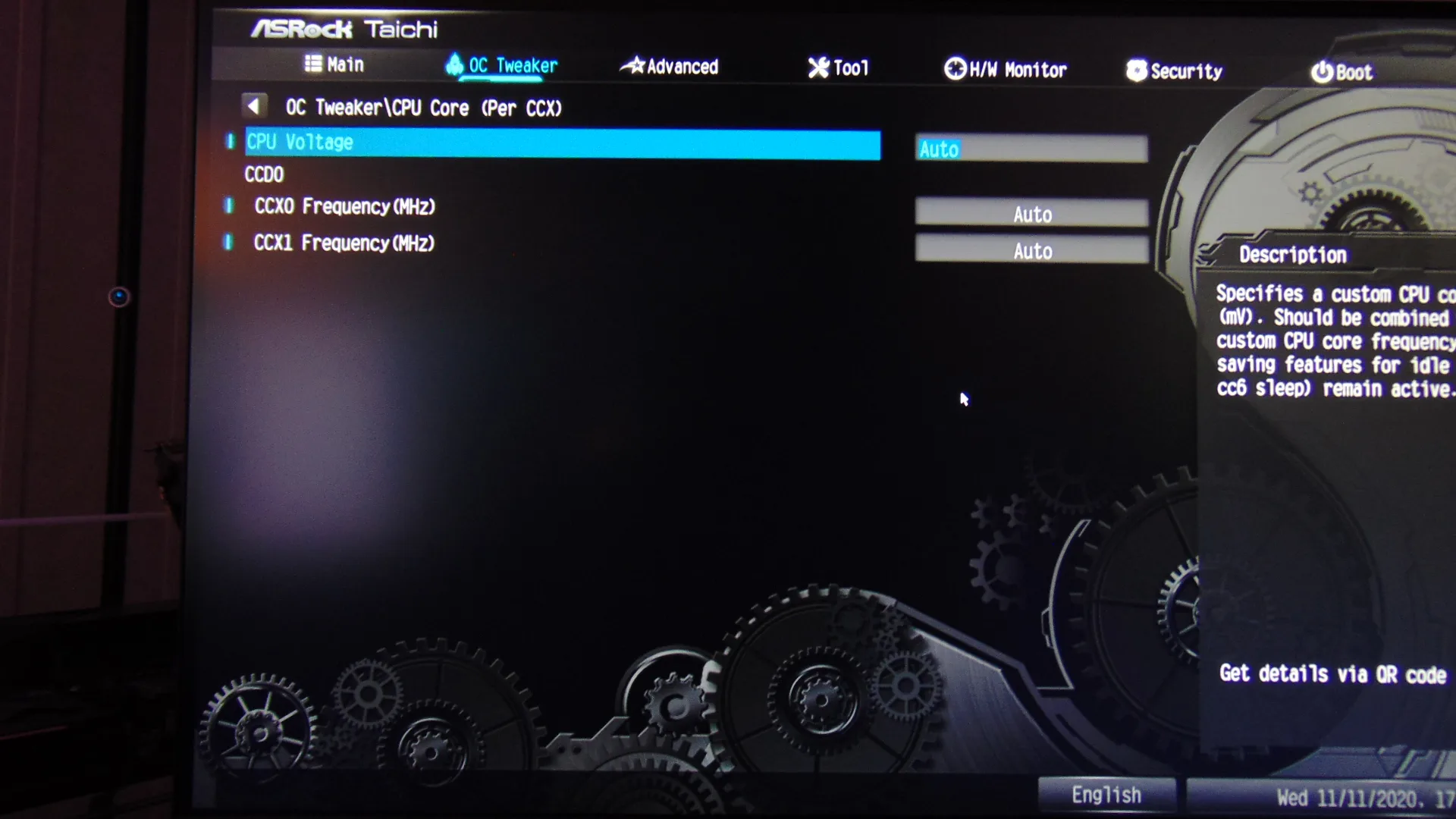
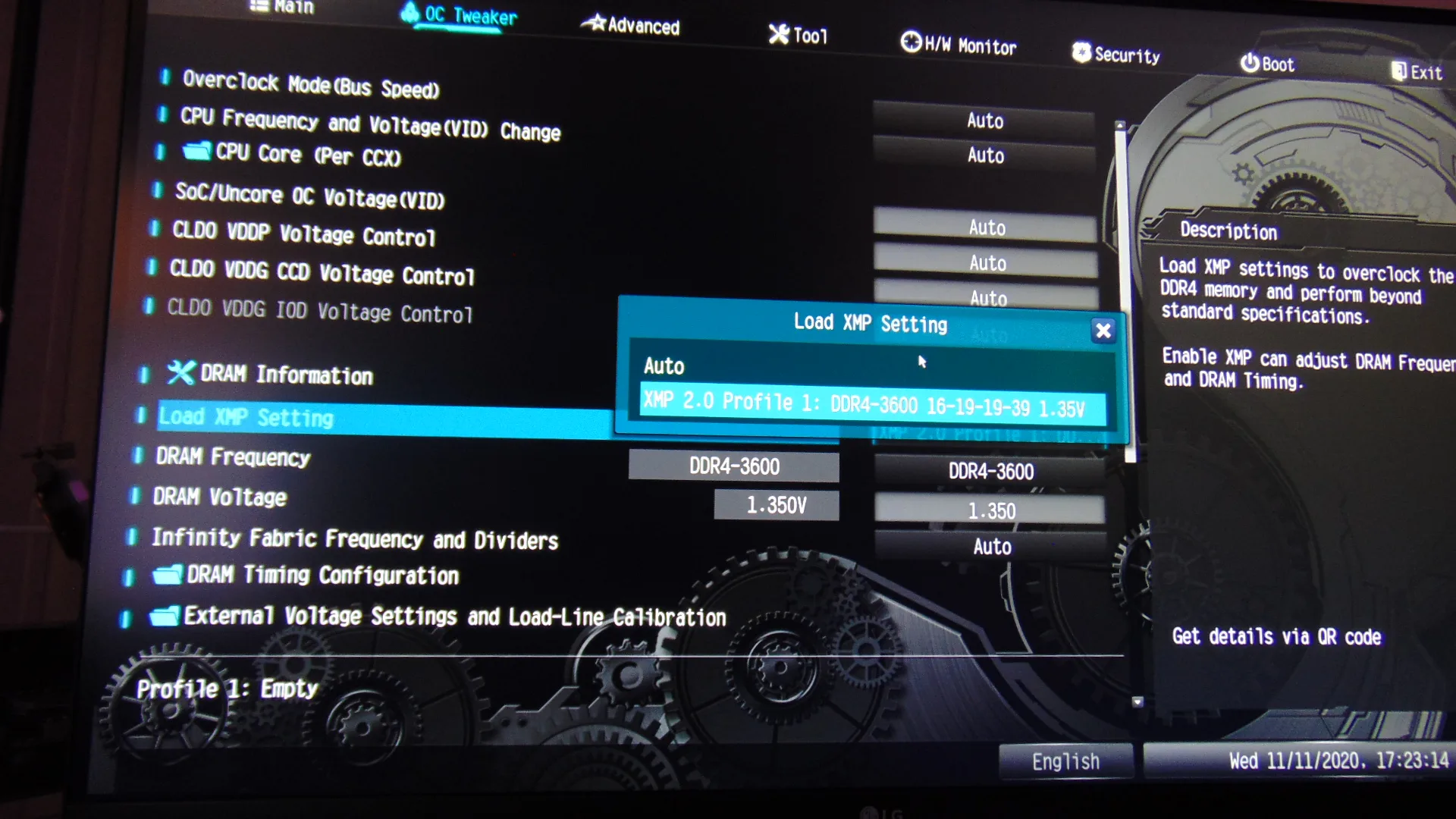
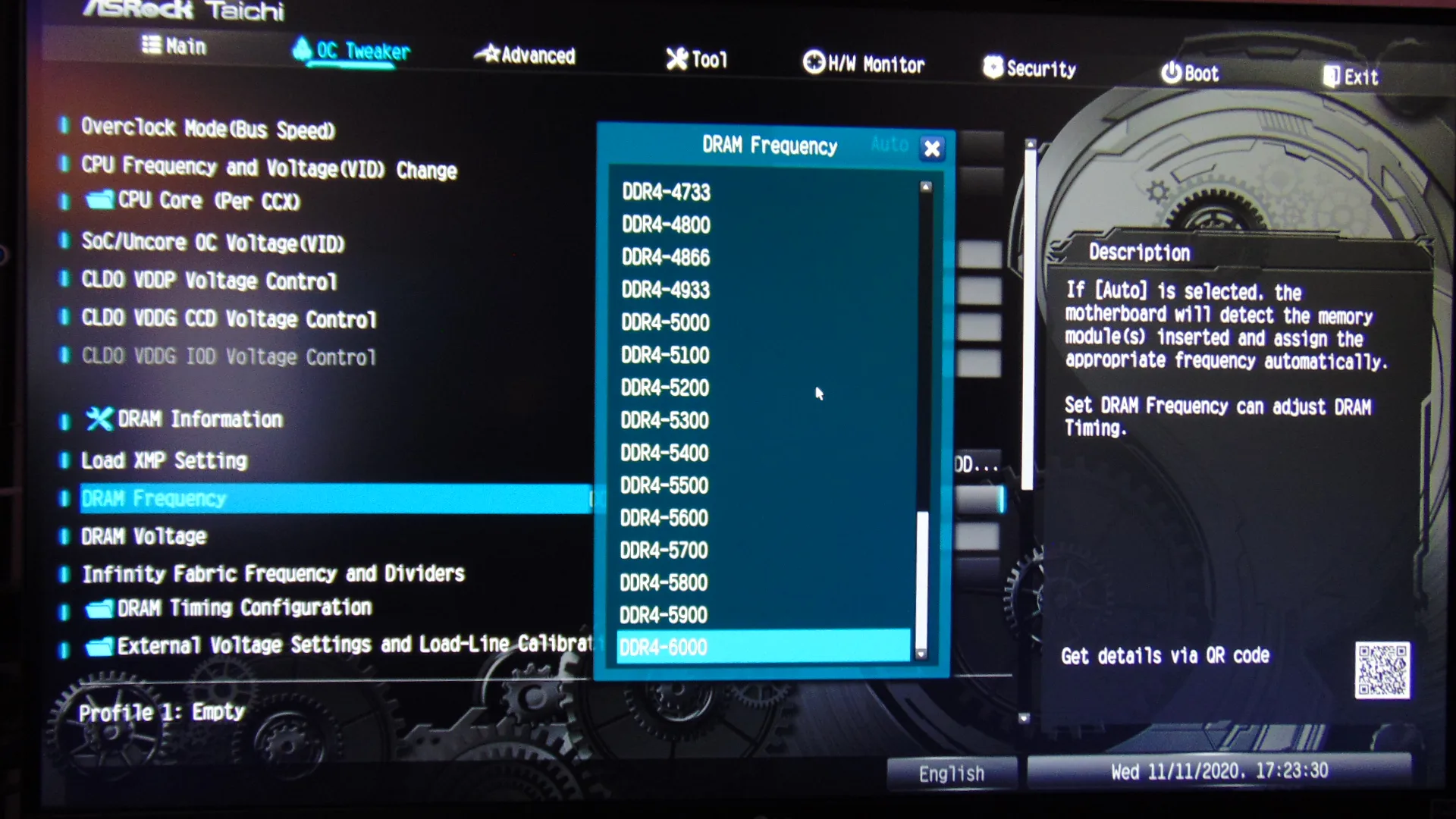


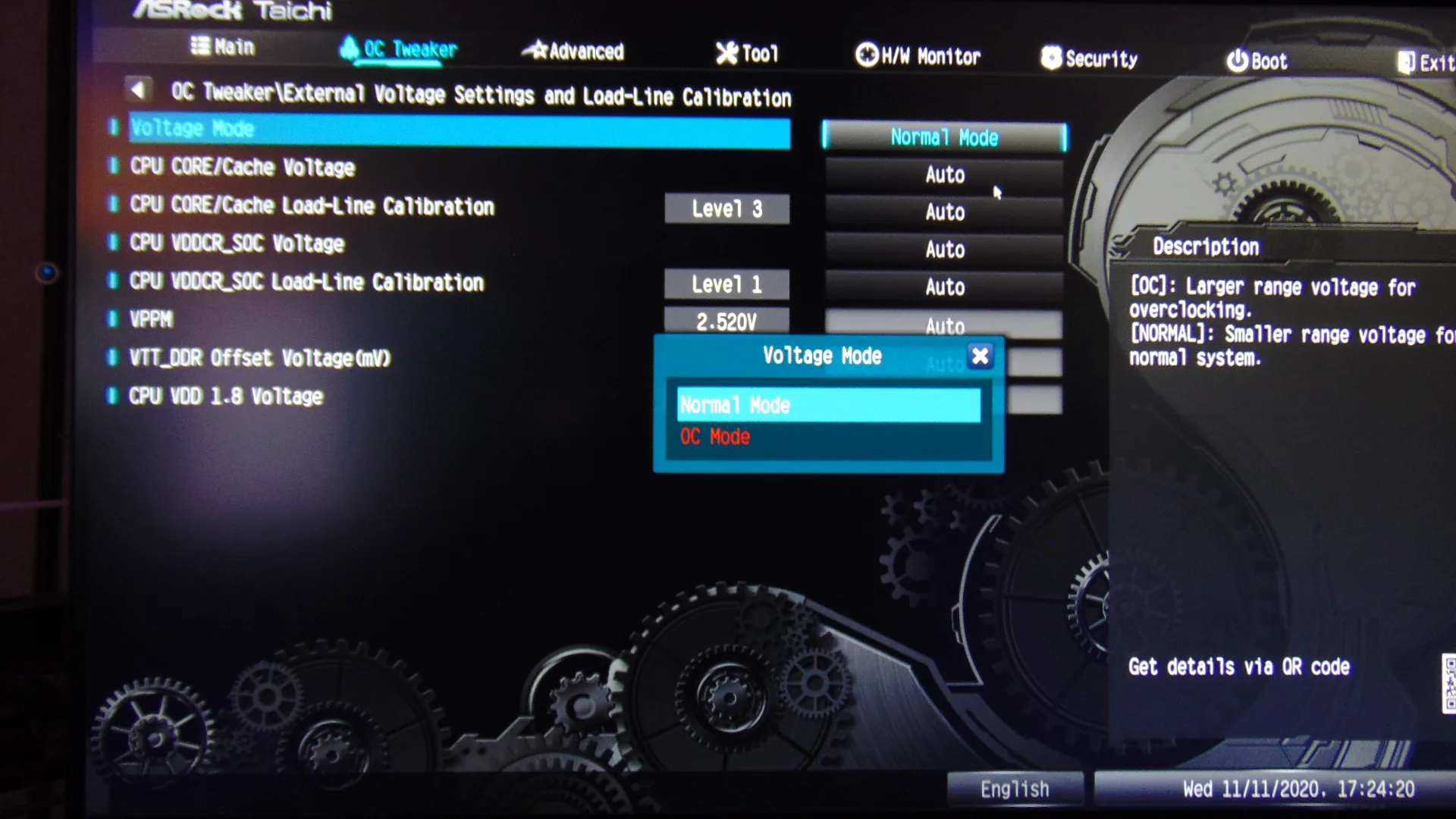
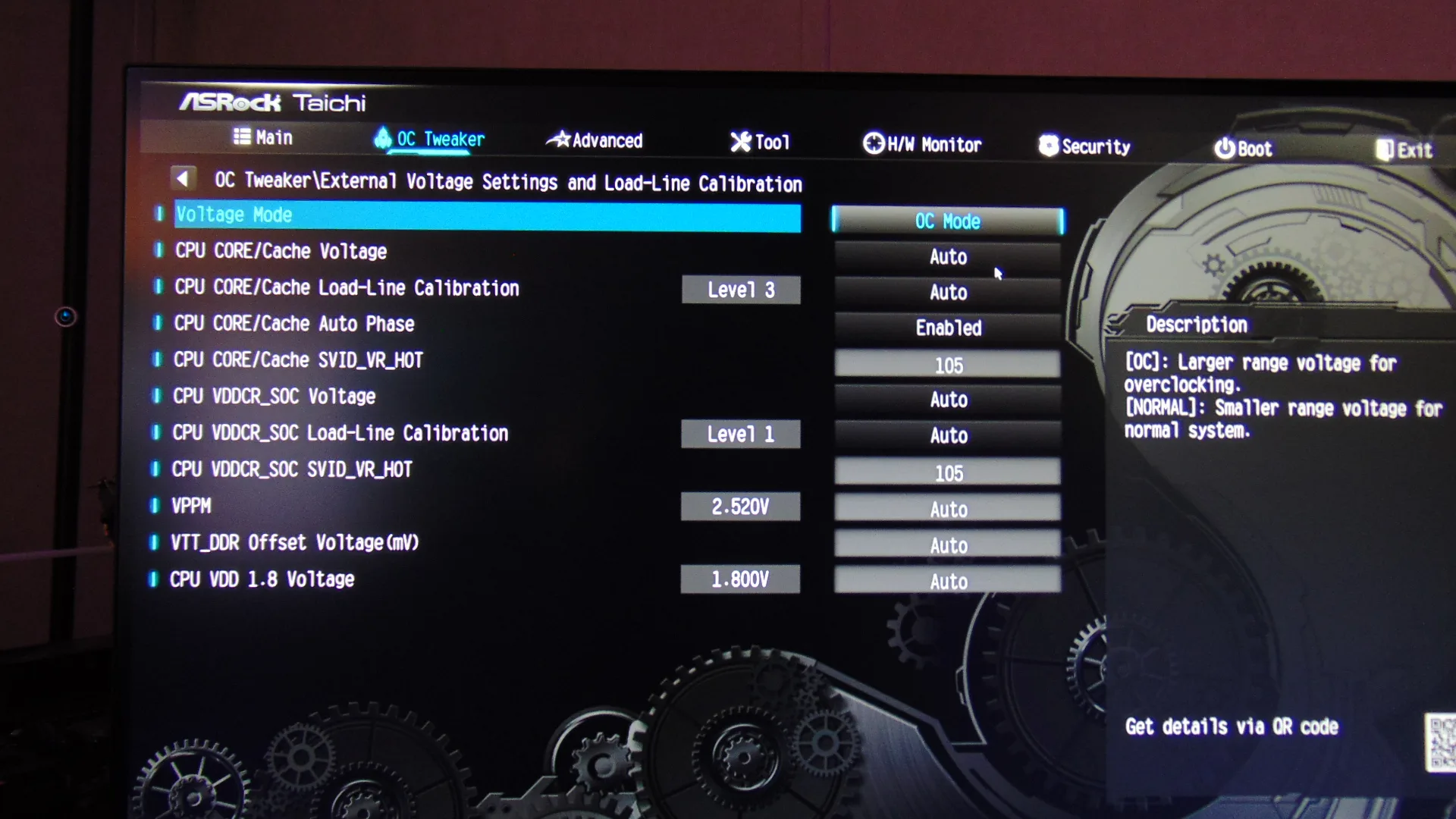
Under OC Tweaker we have a myriad of overclocking options. ASRock has provided in-depth overclocking options to make any enthusiast happy with plenty of options to tweak the most overclock from your CPU. This may not be X570, but the BIOS options certainly have not been skimped on.
Detailed voltage options, and frequency options exist, including CPU Core per CCX tweaking. DRAM profiles can be set via DOCP and as you can see the actual highest supported DRAM frequency is DDR4-6000MHz with this latest BIOS. You can also tweak Infinity Fabric frequency and dividers. You can directly saved up to 10 profiles right here, or even save and load profiles to a flash drive. Load Line Calibration settings are also possible with different preset modes or manual tweaking. Unlock OC mode and even more options present themselves for the hardened overclocker.
Advanced

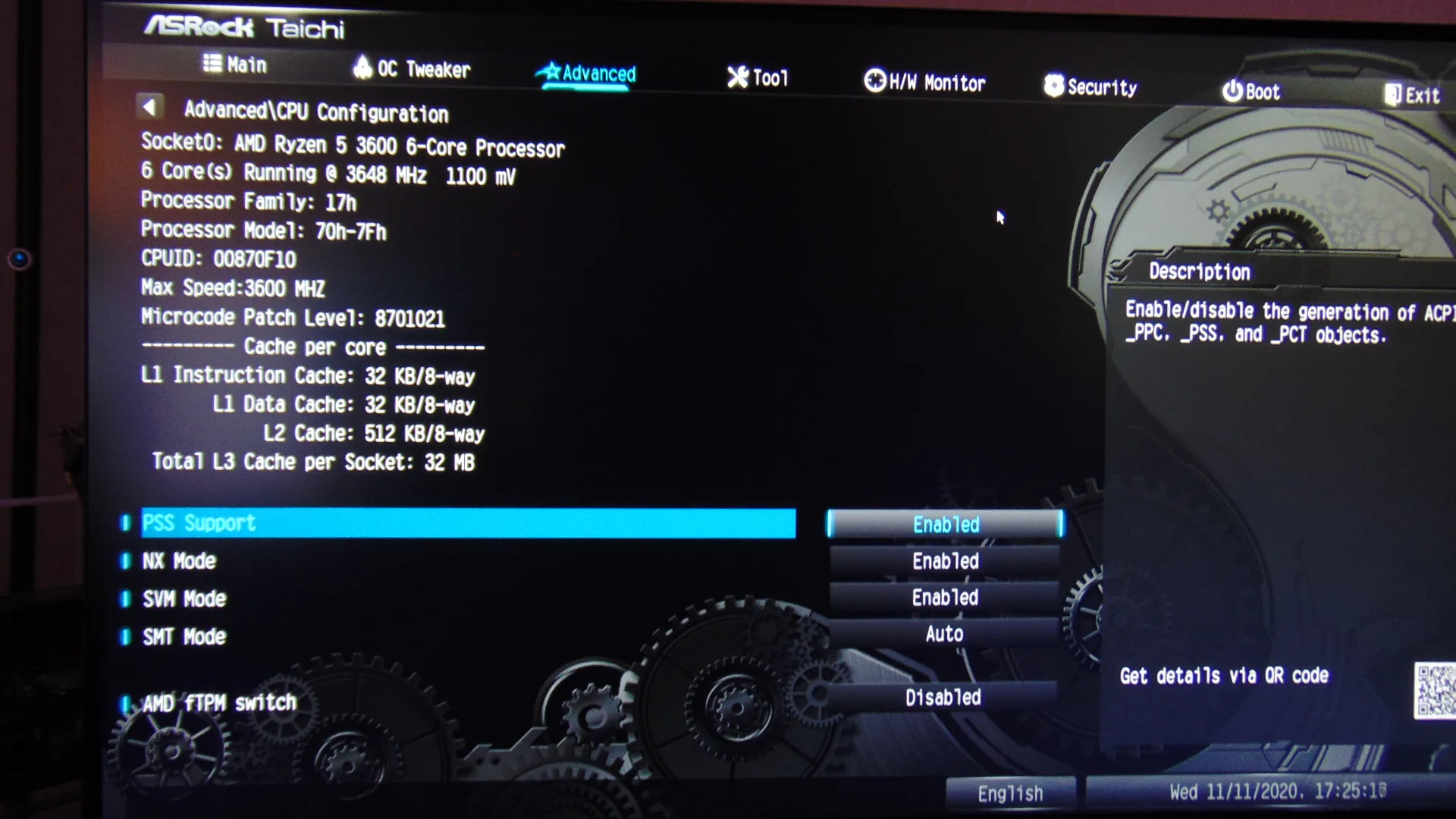
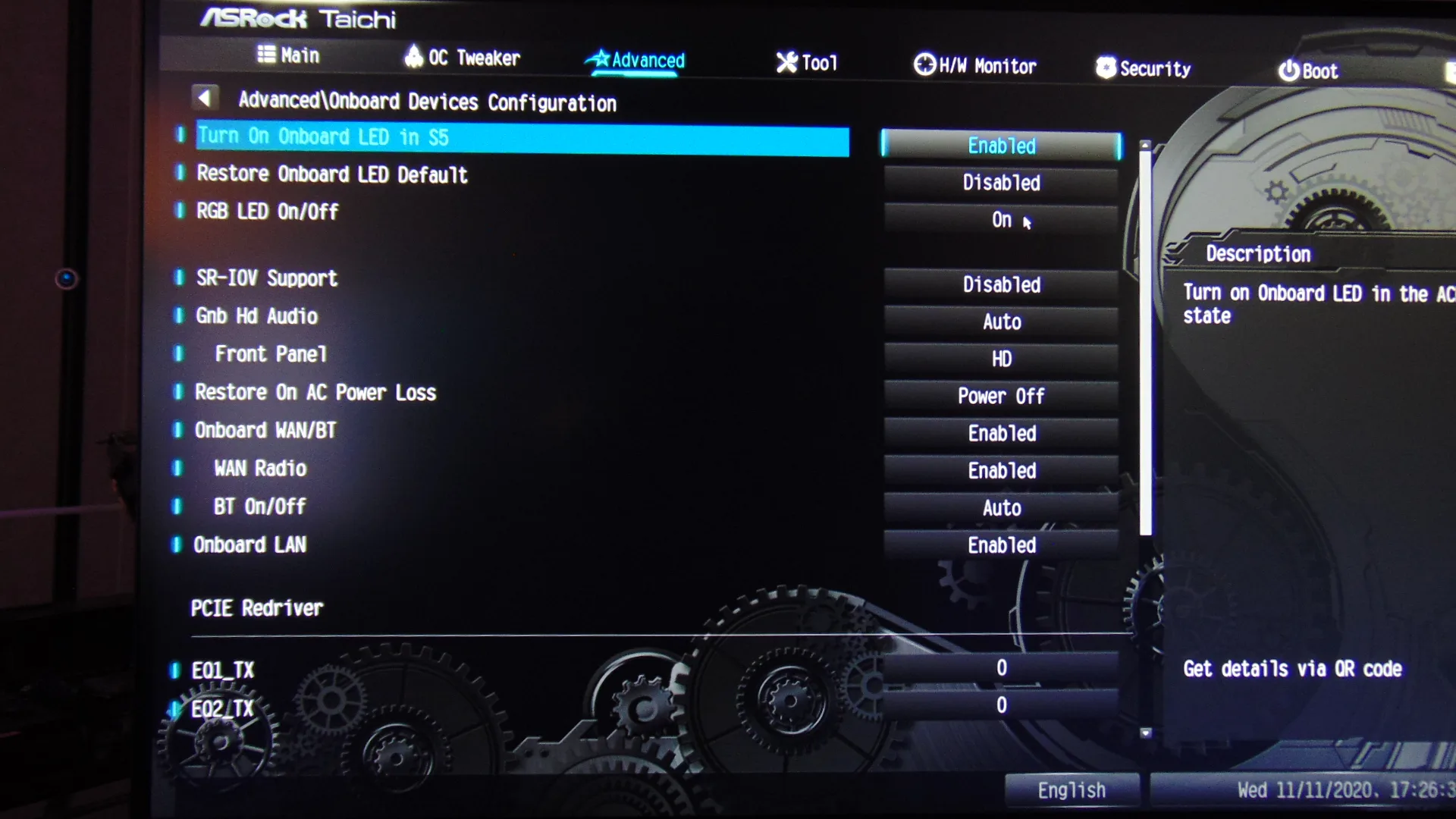
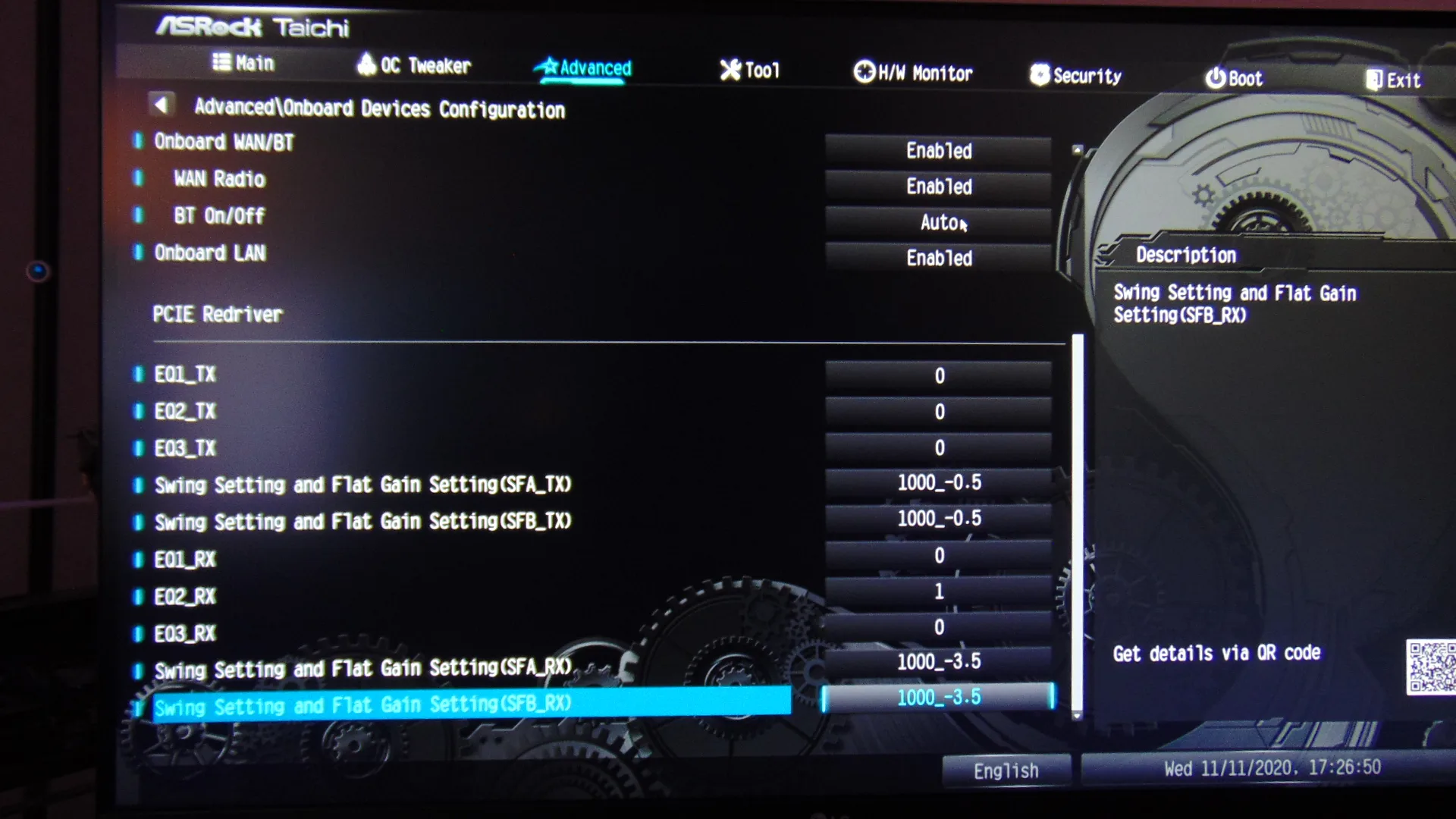
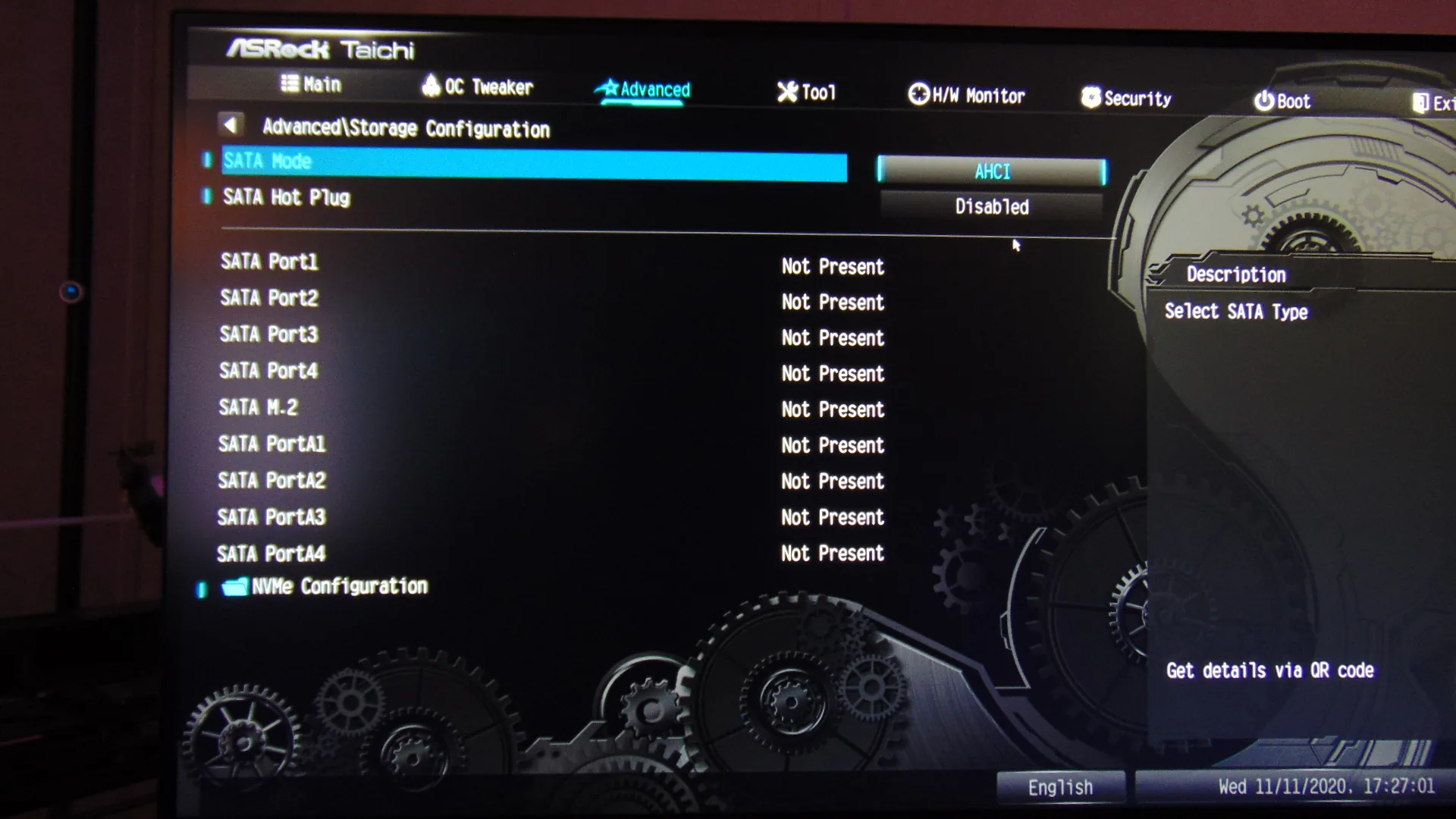
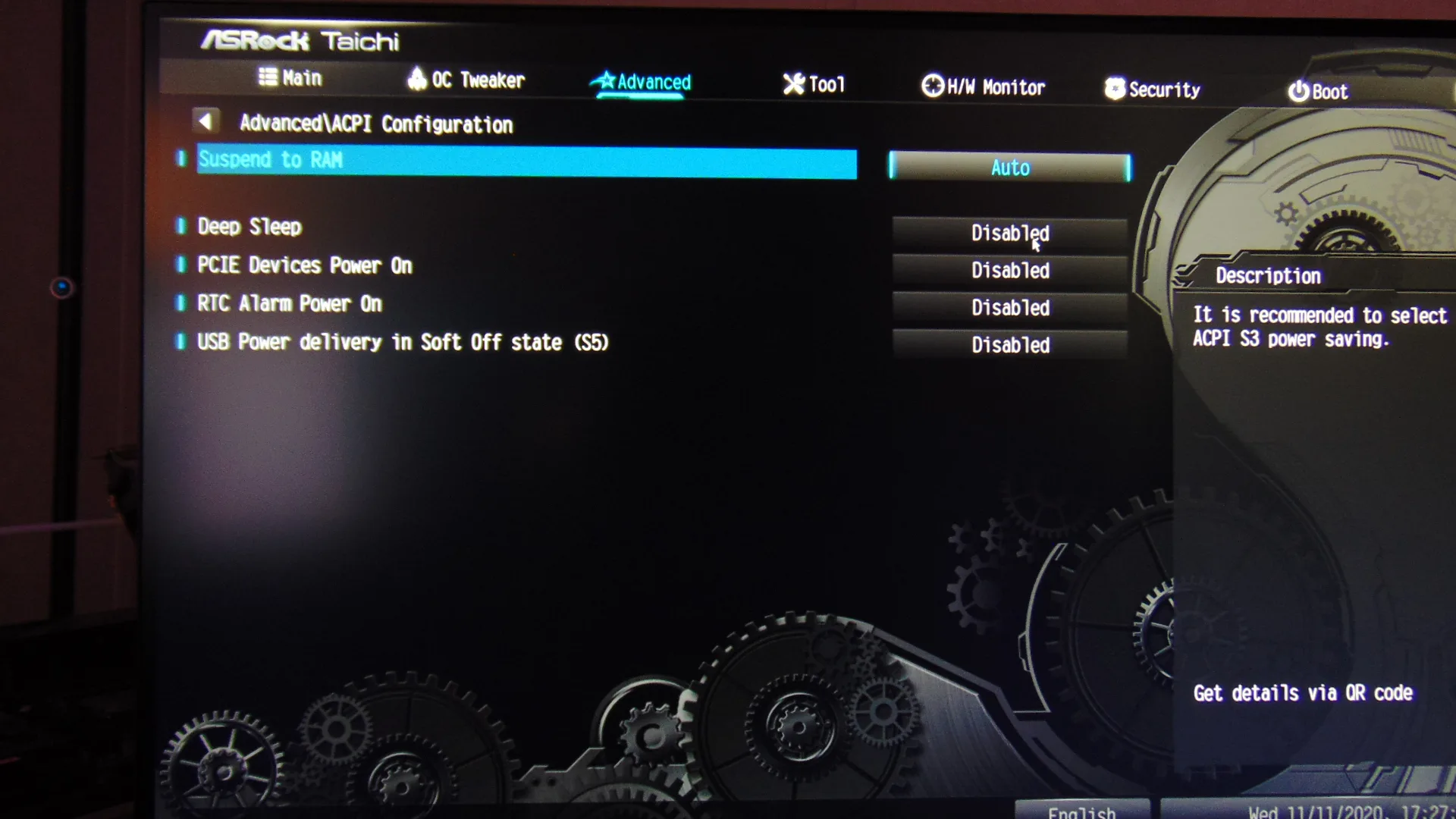
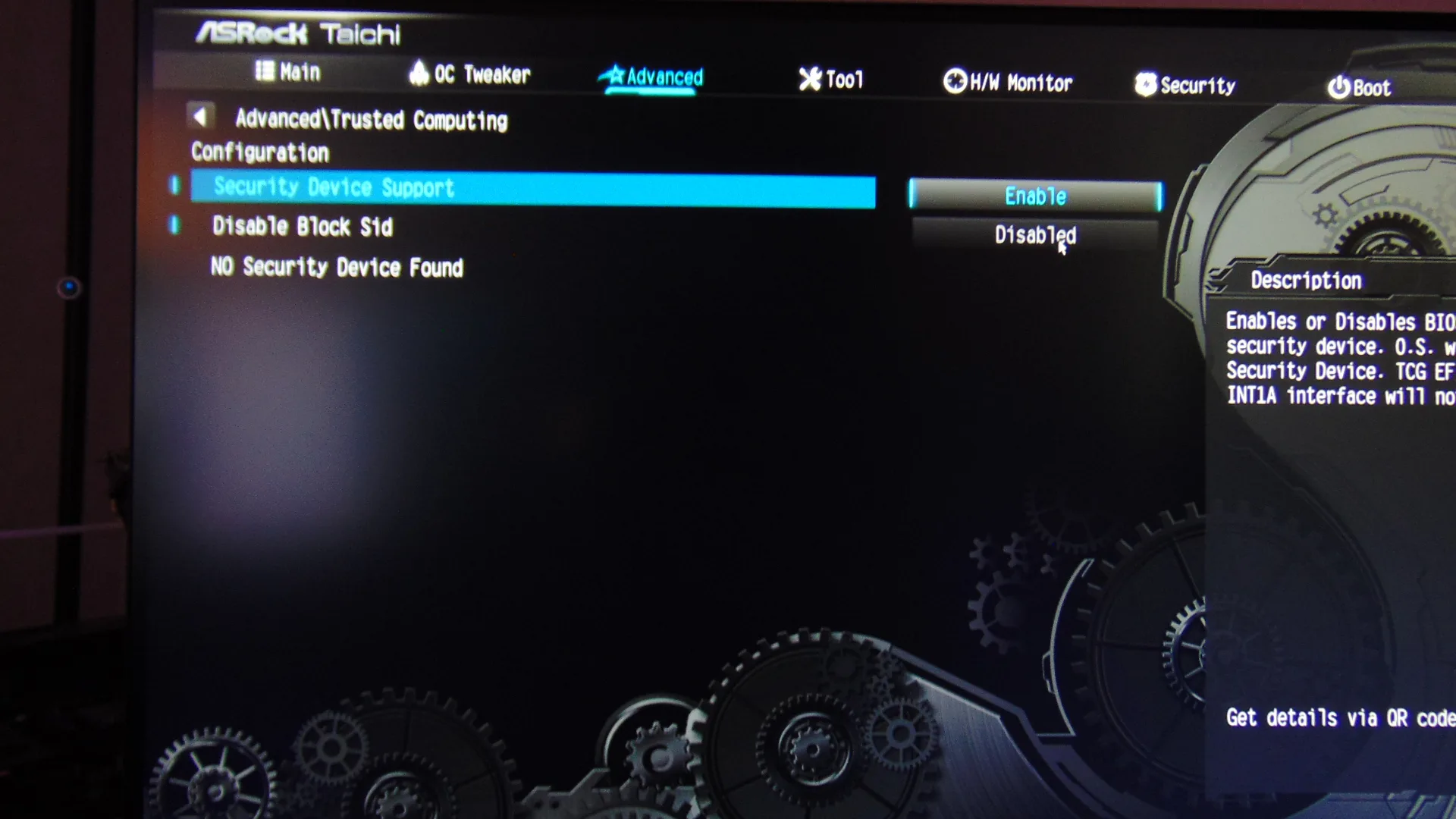

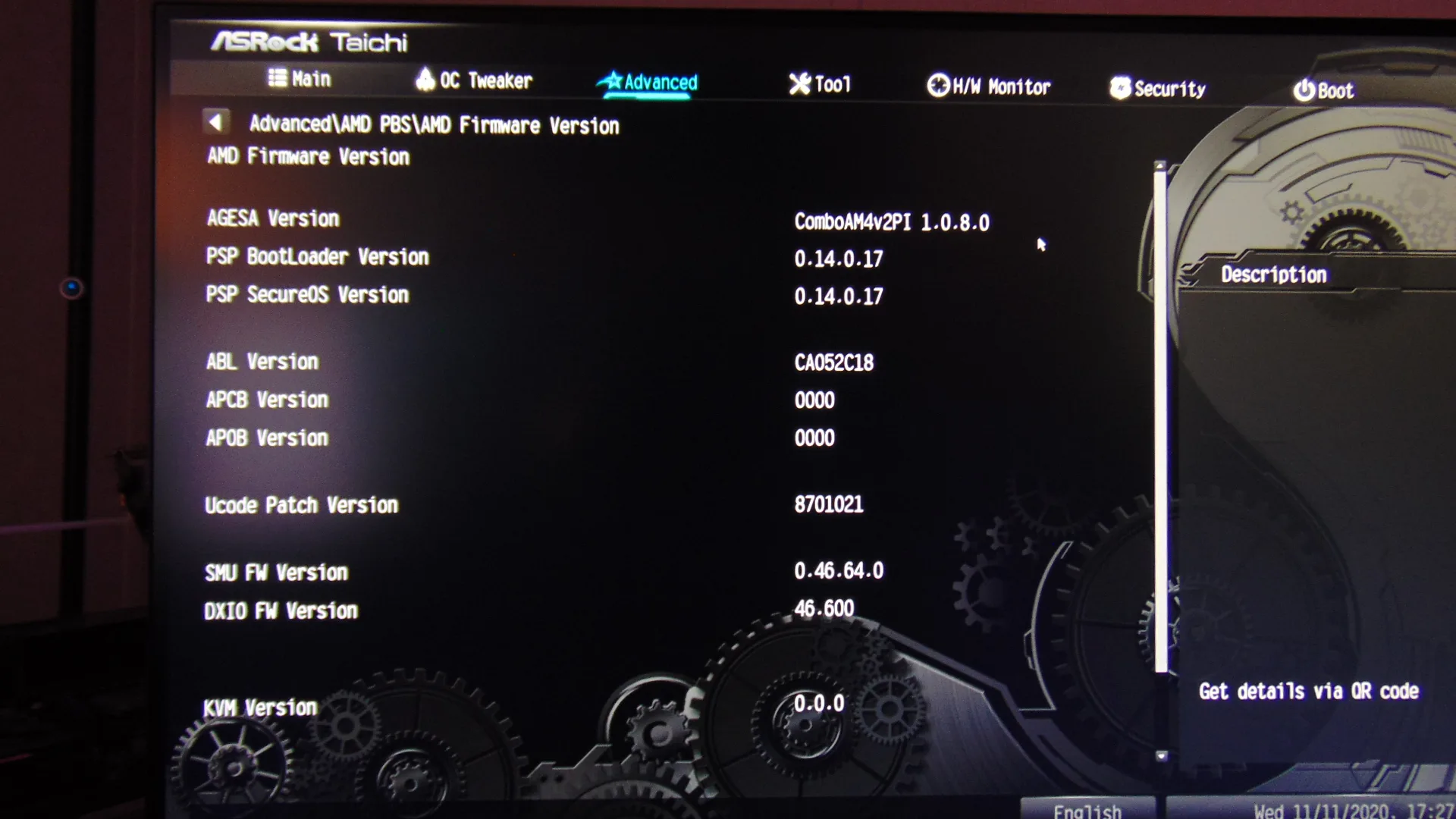


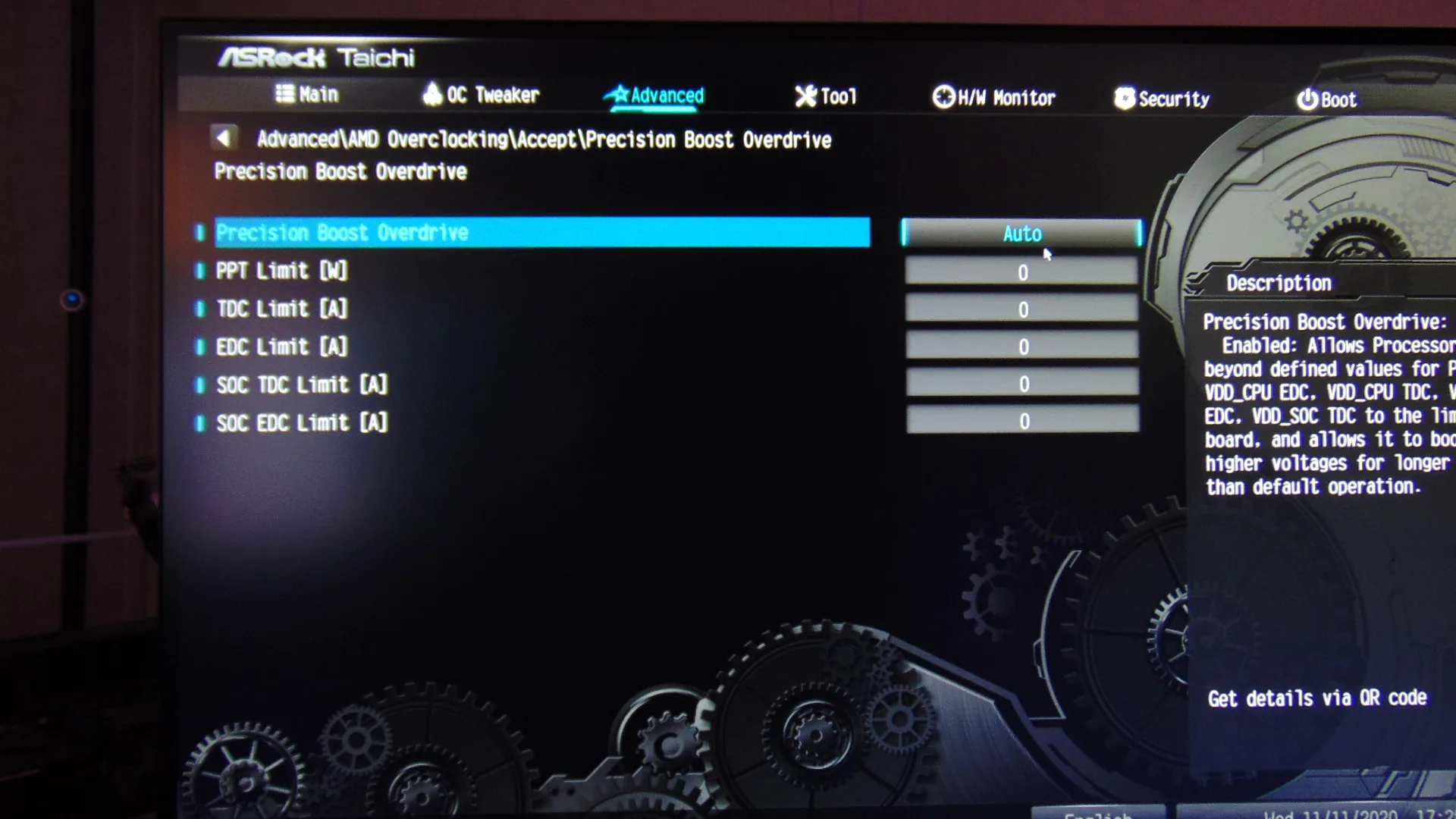

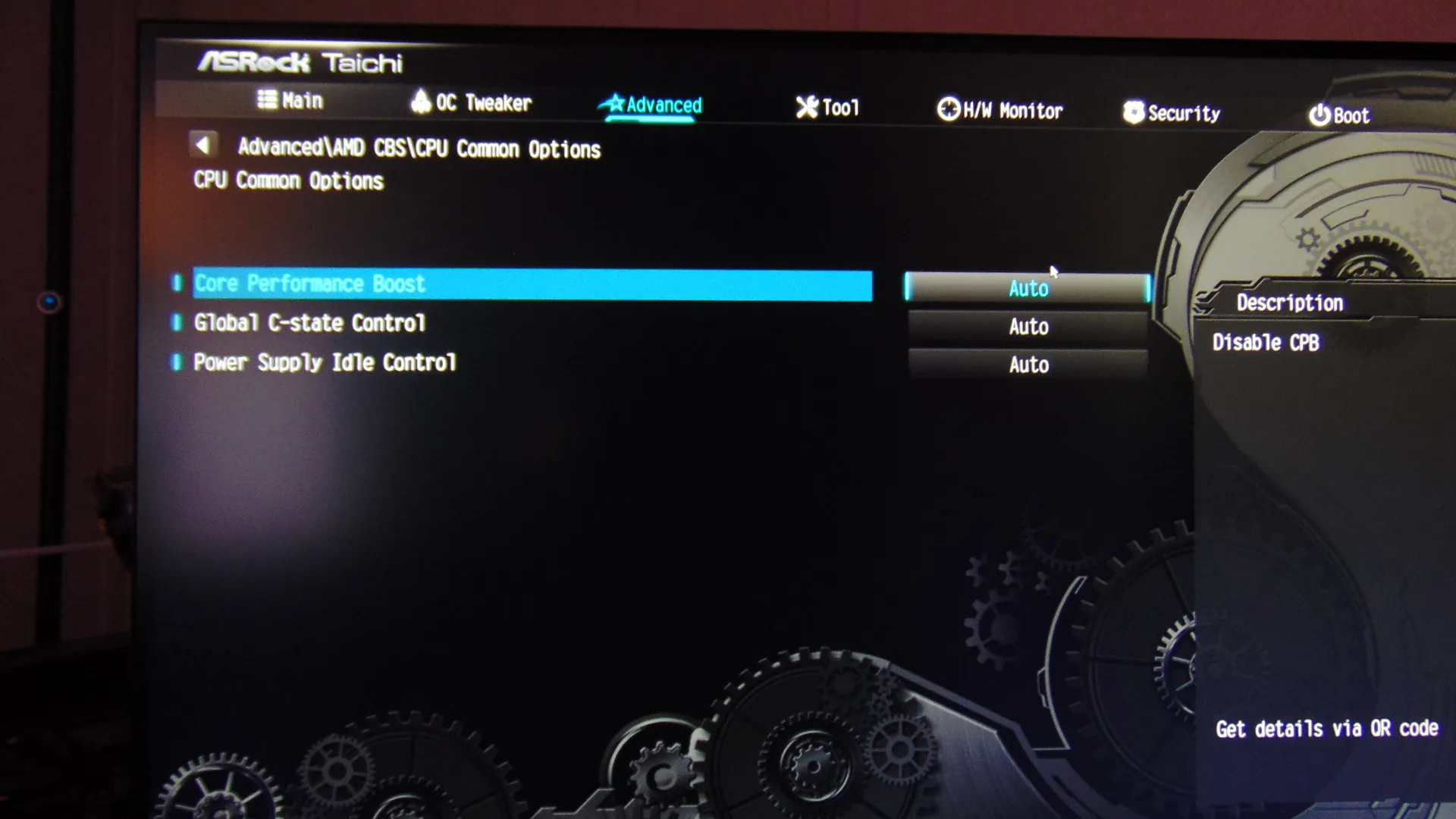
Under Advanced a ton of options exist for controlling what’s turned on and off and how things are set. SMT mode can be controlled from here. You can disable the RGB LED On/Off here as well. The onboard LAN and onboard WAN and BT can can be disabled her enabled here, as well, or individually. If say you don’t need BT, you can disable just BT here, or WiFi if not needed. ASRock has even provided advanced functionality like PCIe Redriver for interconnect attenuation tuning, this is really advanced stuff here, but ASRock gives you that capability.
You can change the PCIe/GFX lane configuration and interface speeds and enable or disable NVMe RAID mode. All of the AMD specific tweaking is also present, like AMD Overclocking. From here you can manipulate Precision Boost Overdrive. By default it is set on Auto with 0 entered for all power limits. CPU Common Option like Core Performance Boost, Global C-State and Power Supply Idle control are here. The myriad of other AMD specific options are also here, DF Common Options, UMC Common Options, NBIO Common Options, FCH Common Options and even more advanced options under B550 Chipset Common Options.
Tool
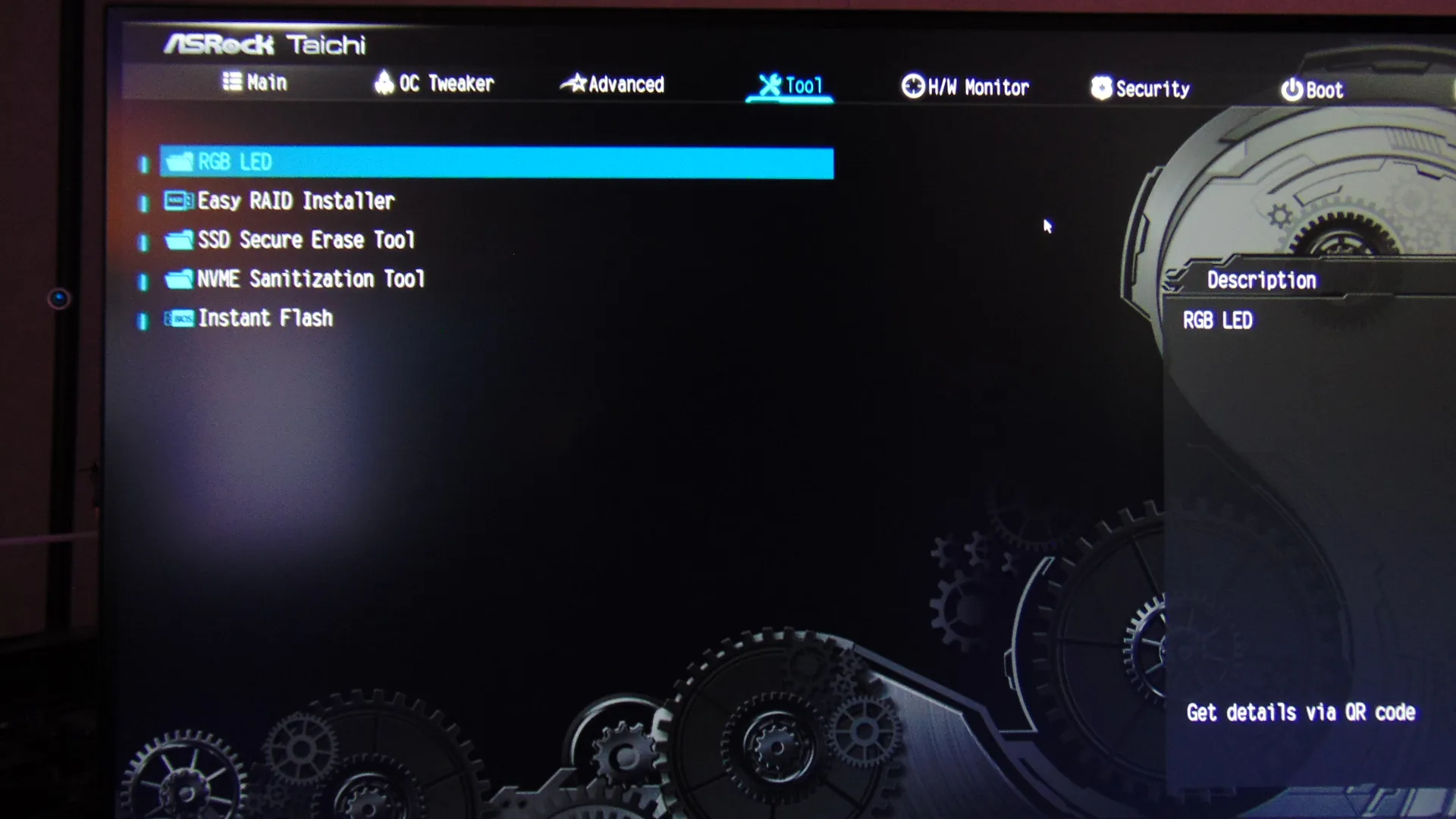
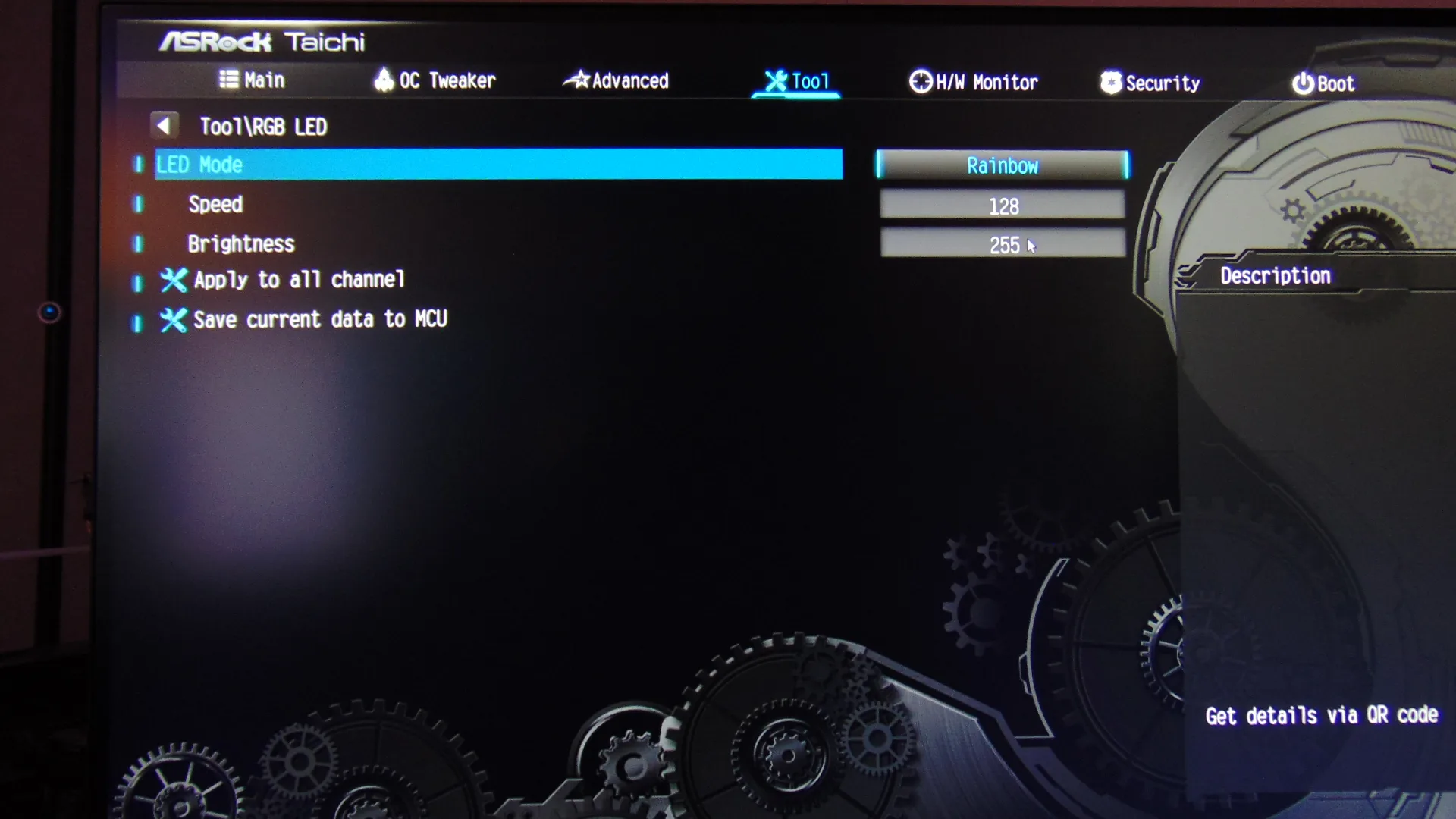
Under the Tool menu is the ability to configure the onboard RGB on the motherboard. You can of course disable it, or you can select many different types of presets like Rainbow mode, or Static, etc. You can change the speed of the animation and even the brightness right from here.
The Tool menu also lets you setup RAID easily. It has an SSD Secure Erase Tool and NVME Sanitization Tool as well. This is also where you will find the Instant Flash to update the BIOS from a USB flash drive.
HW Monitor

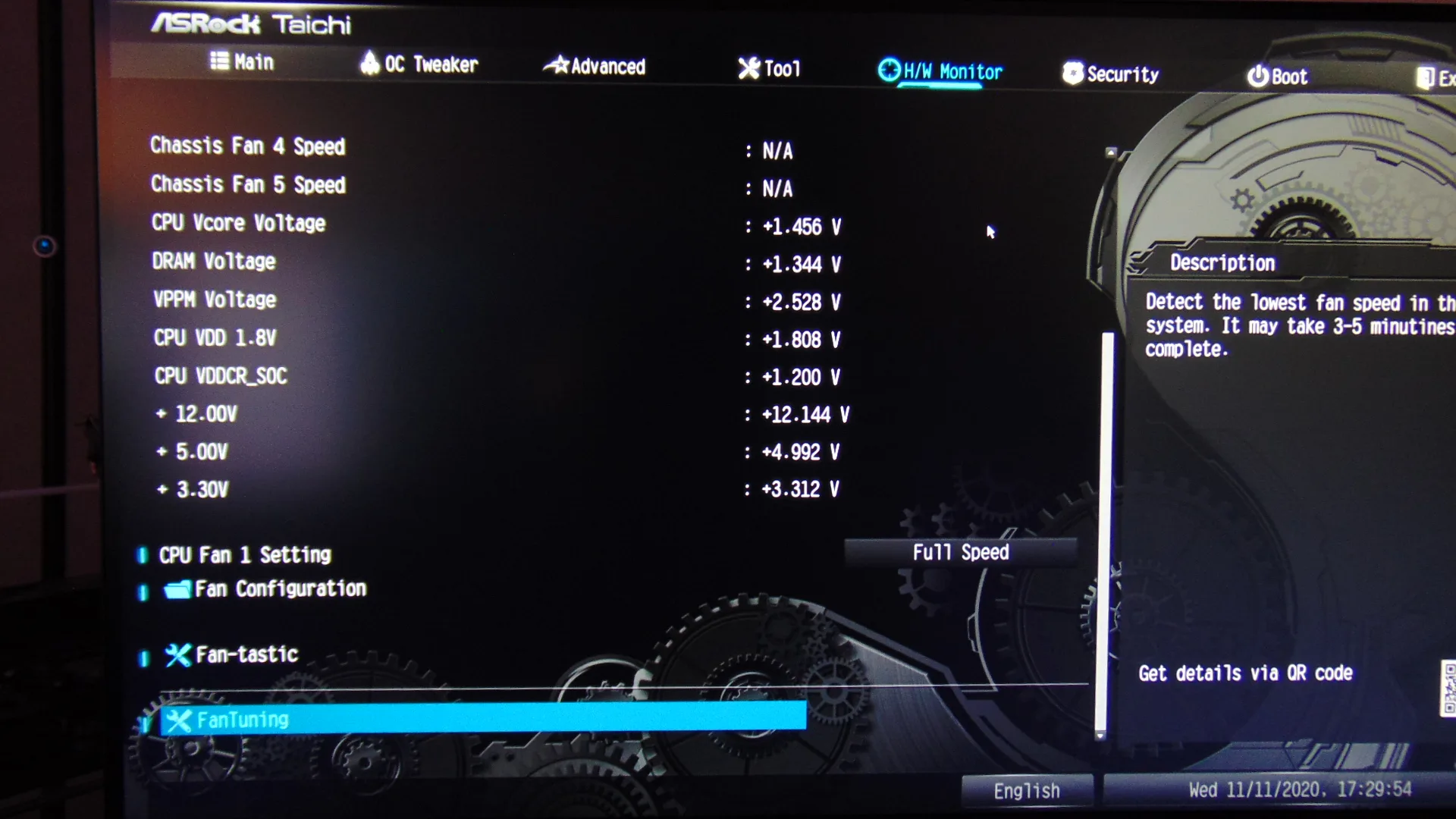
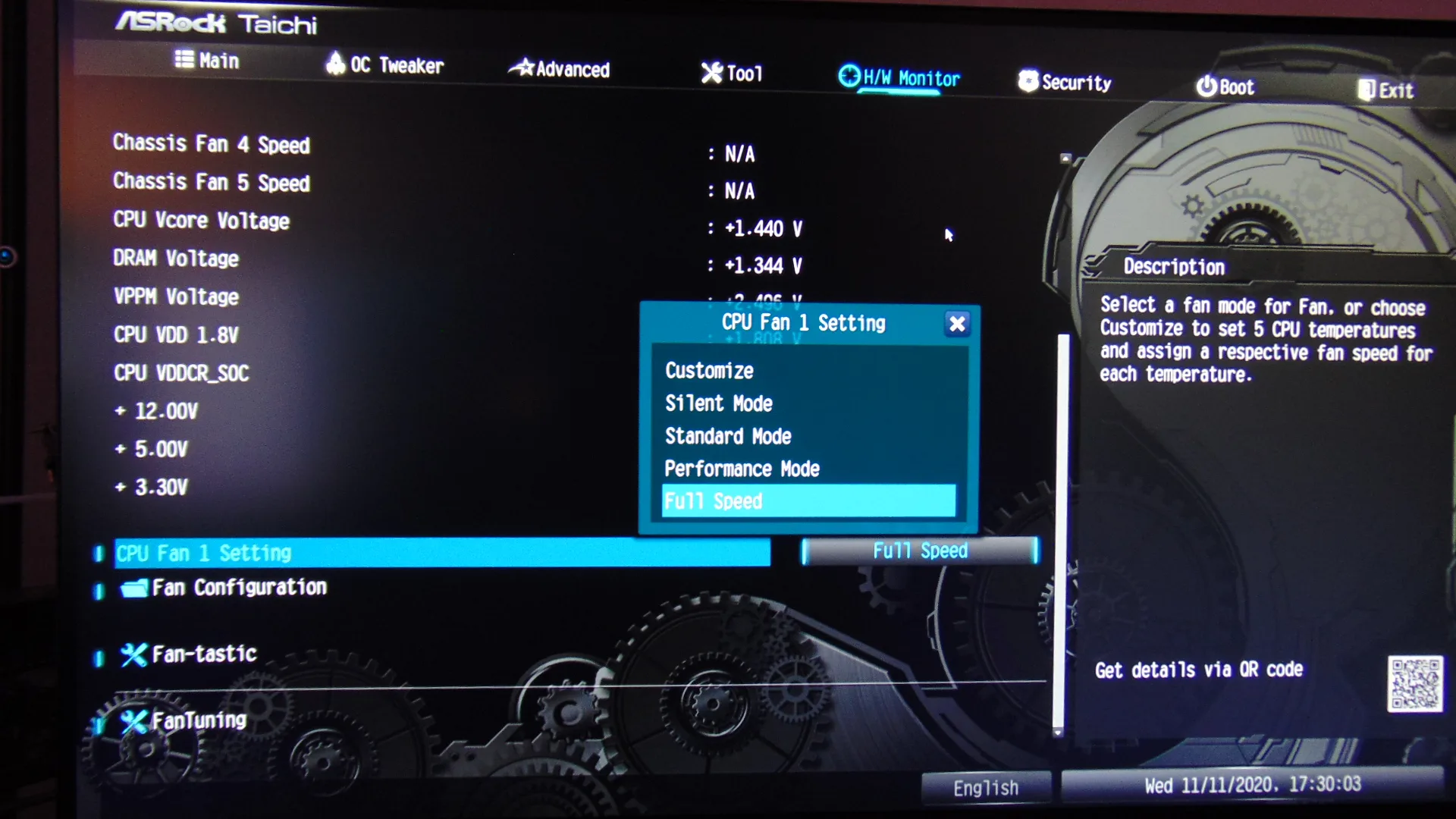
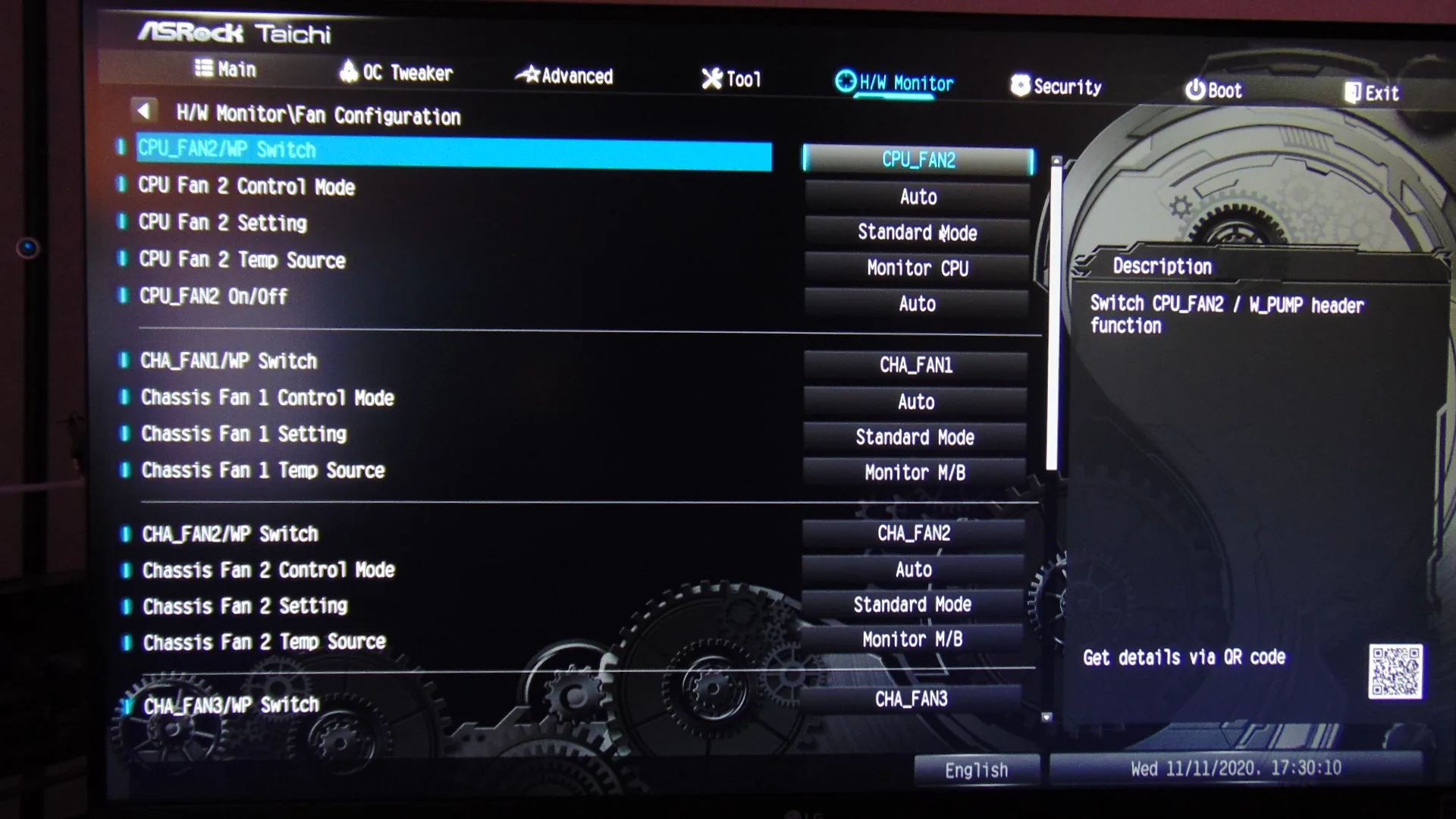
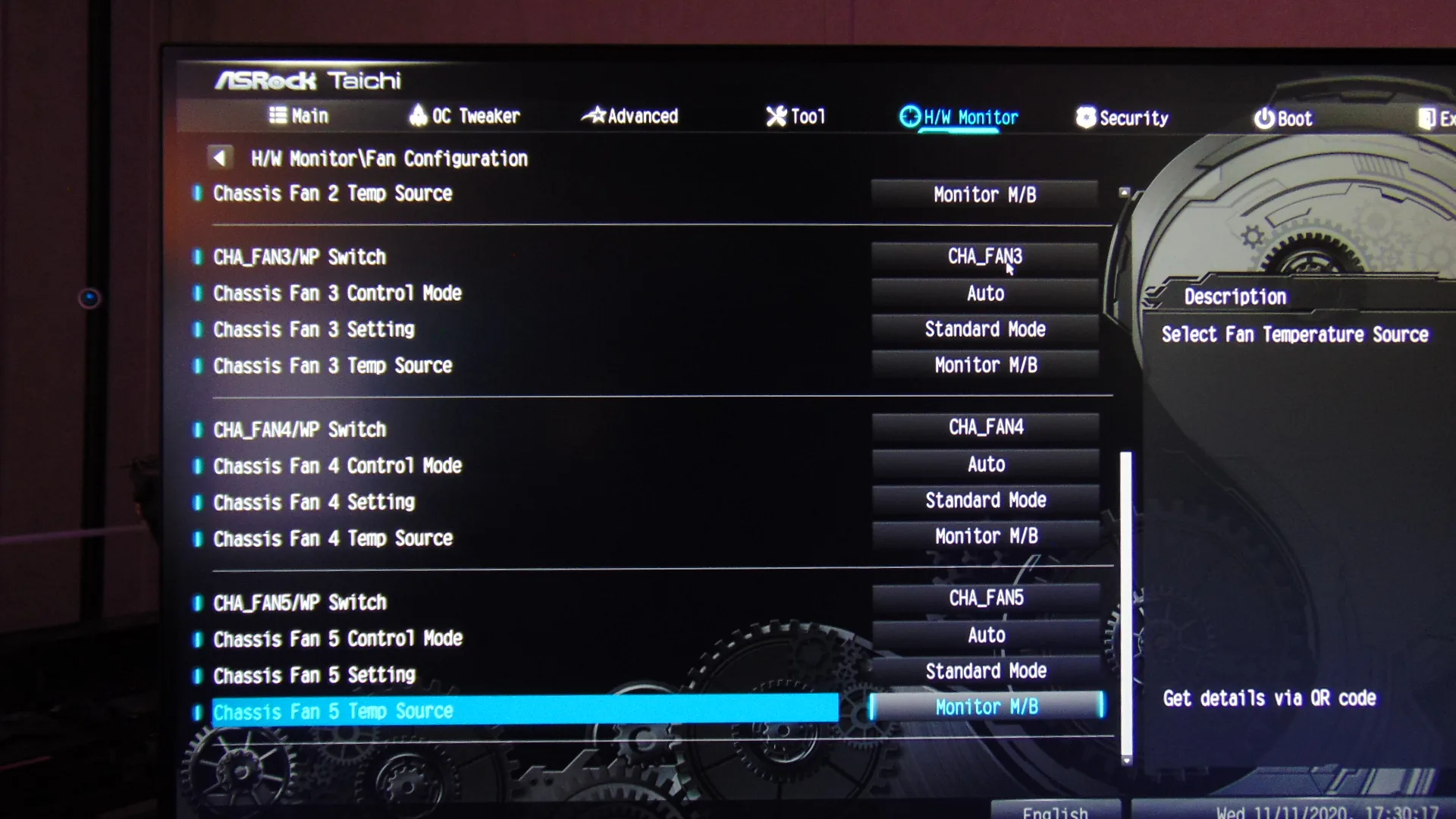
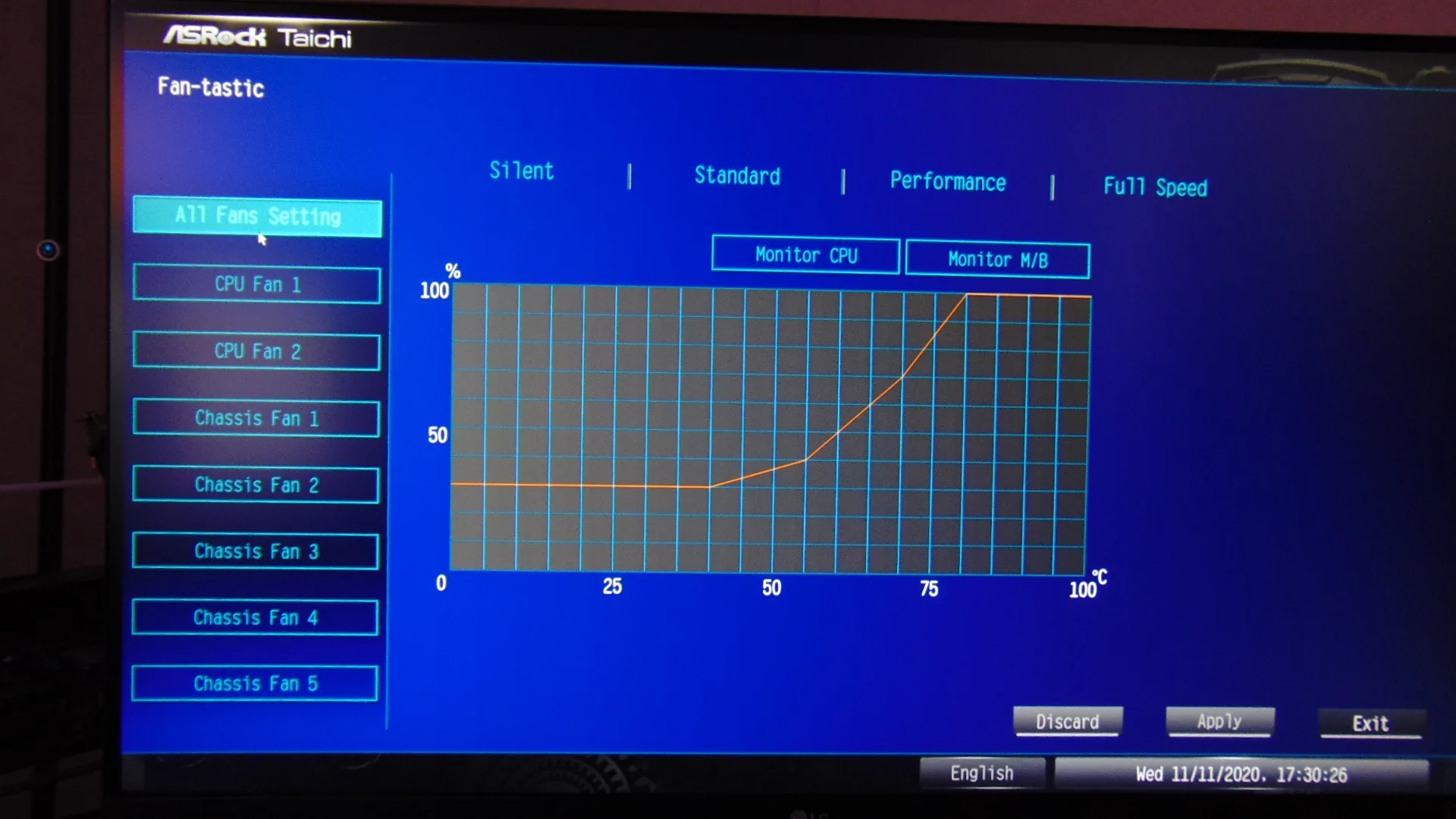
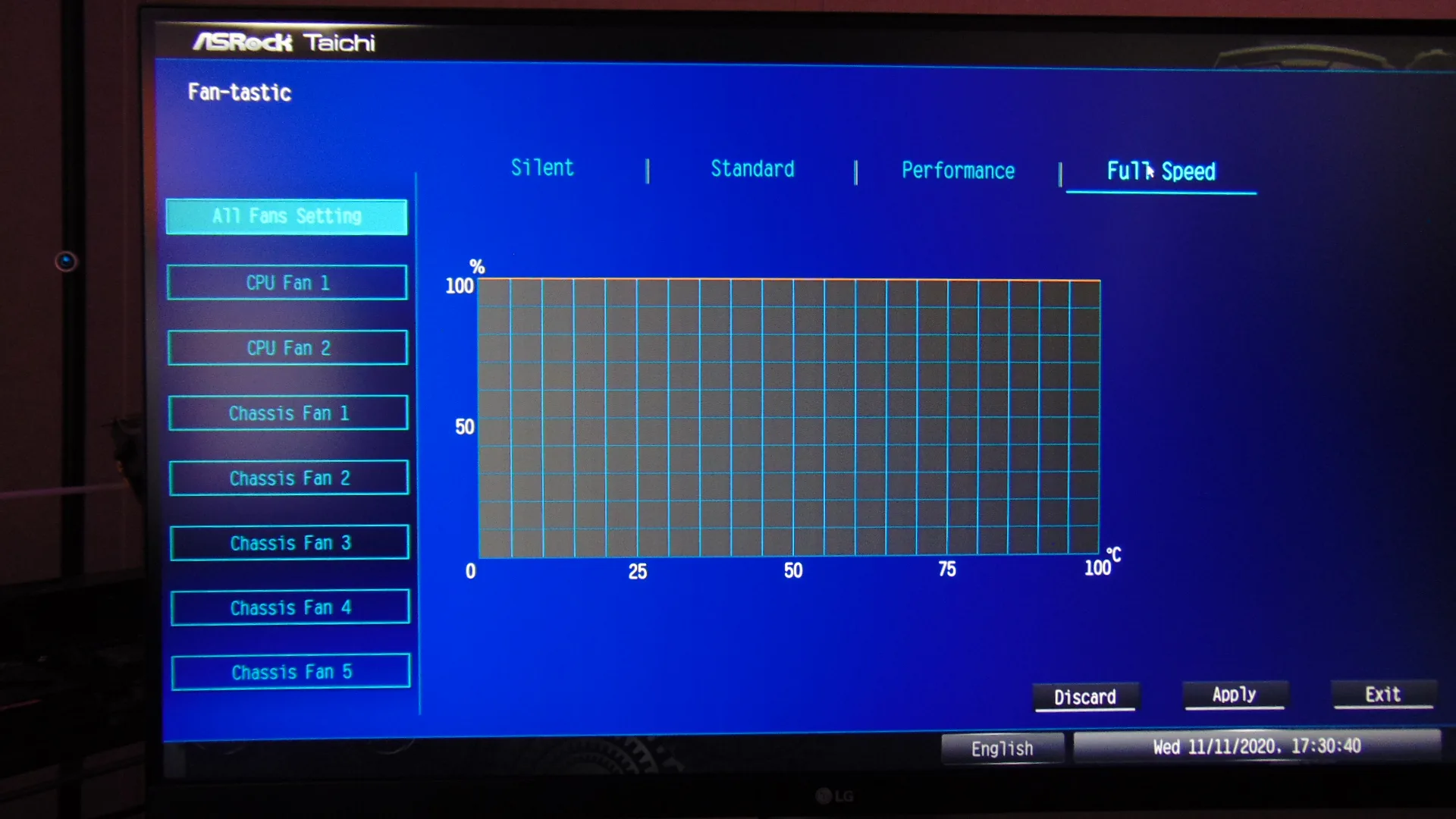
HW Monitor lets you easily measure and monitor the CPU Temperature, N/B Temperature, CPU Fan Speeds from the two fan speed headers and all Chassis Fan speed headers. You can also quickly see voltages and power rails. There is a quick setting for the CPU Fan 1 header, it’s default on Standard profile but you can select easily a quick fan profile for it. Otherwise, you can manually customize all fan settings. You’ll be able to select between PWM/DC modes, fan profiles and other settings.
ASRock has a graphic UI tool called Fan-tastic that allows you to visually set fan curves for every fan header. Or, you can use a built-in profile and even apply it to all fan headers at once.
Other Options
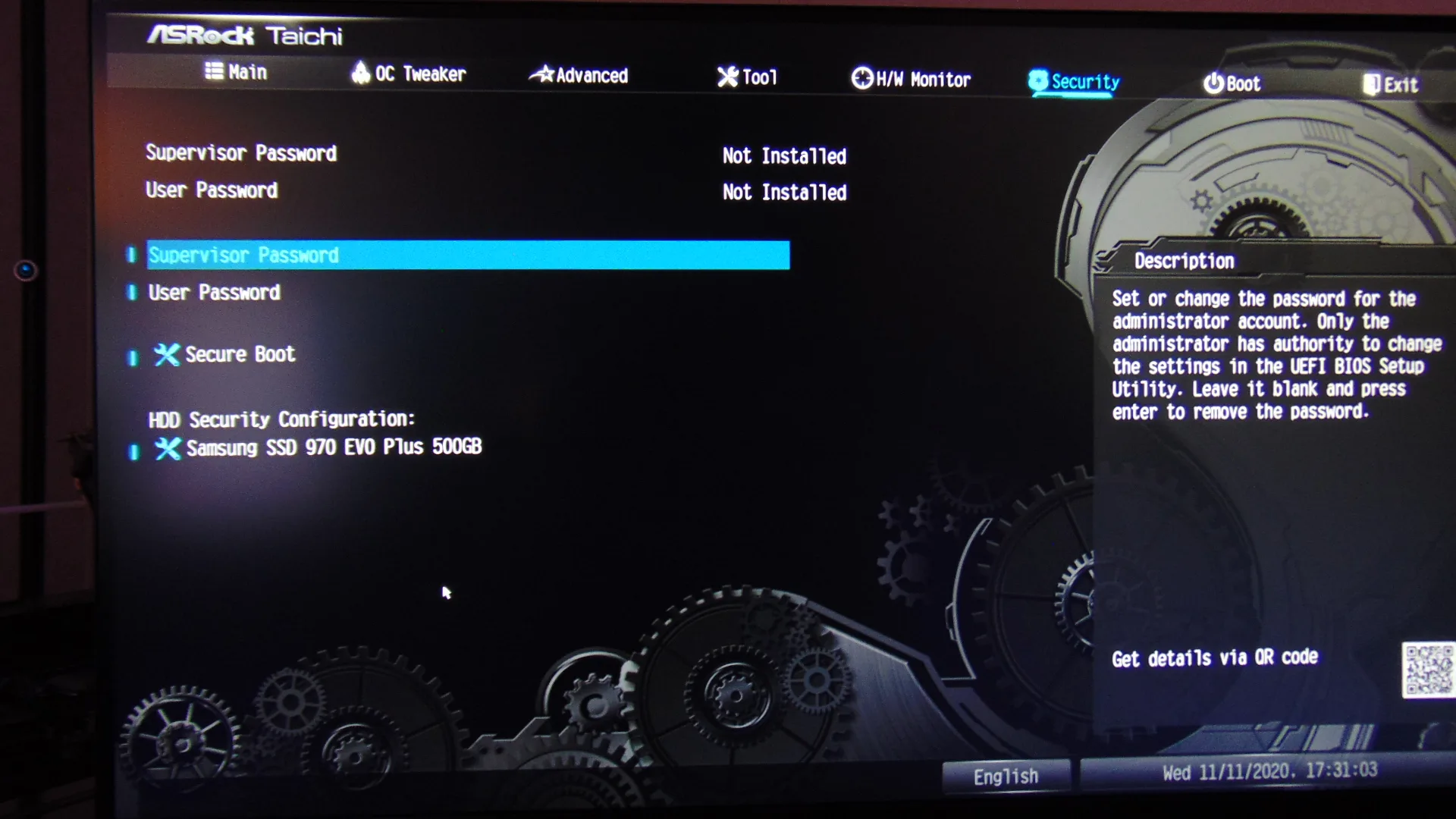


Boot option priorities options are present and separate Hard Drive and USB device priorities can be set. Boot Override is also present.
AMD B550 Chipset

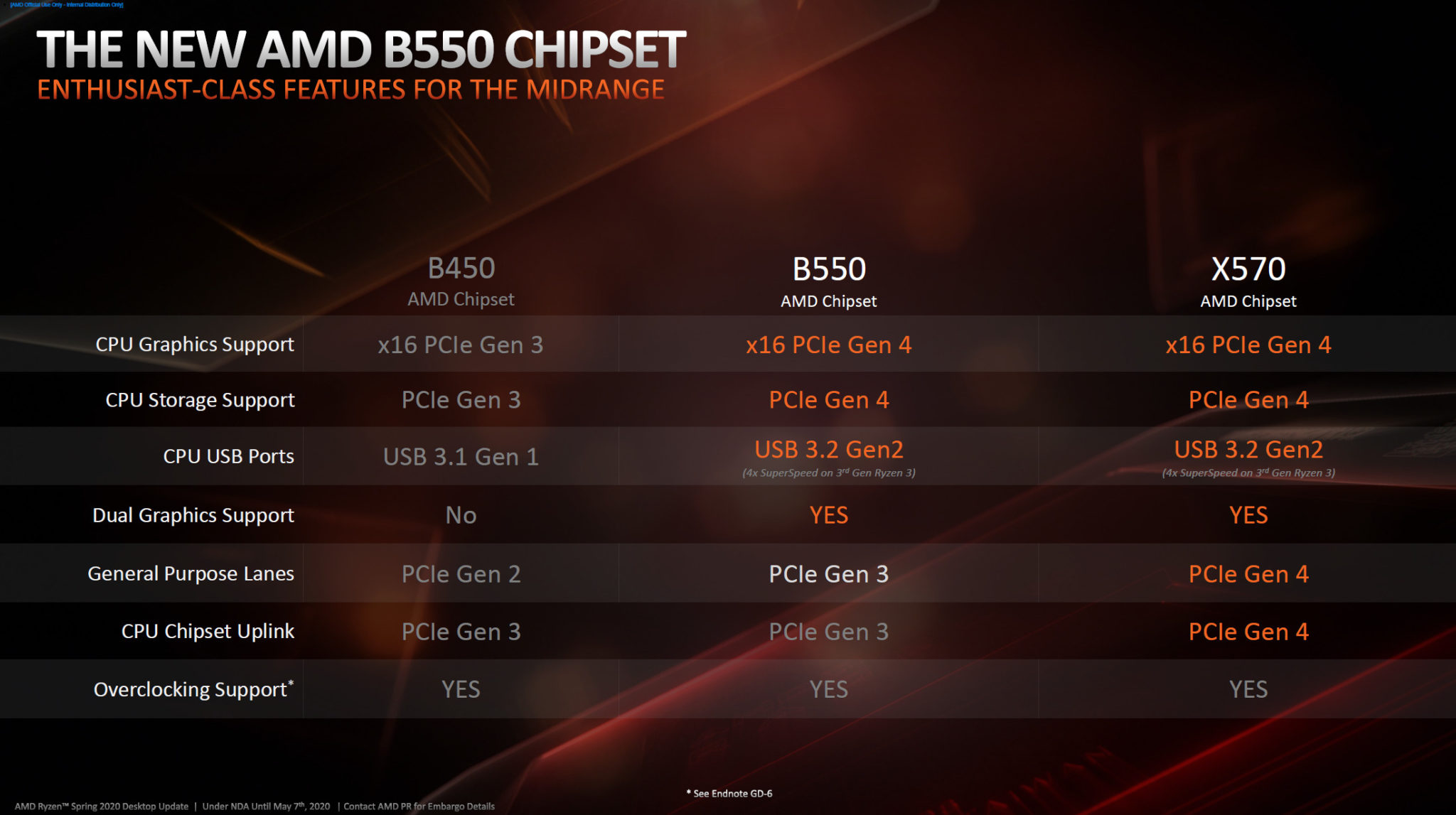
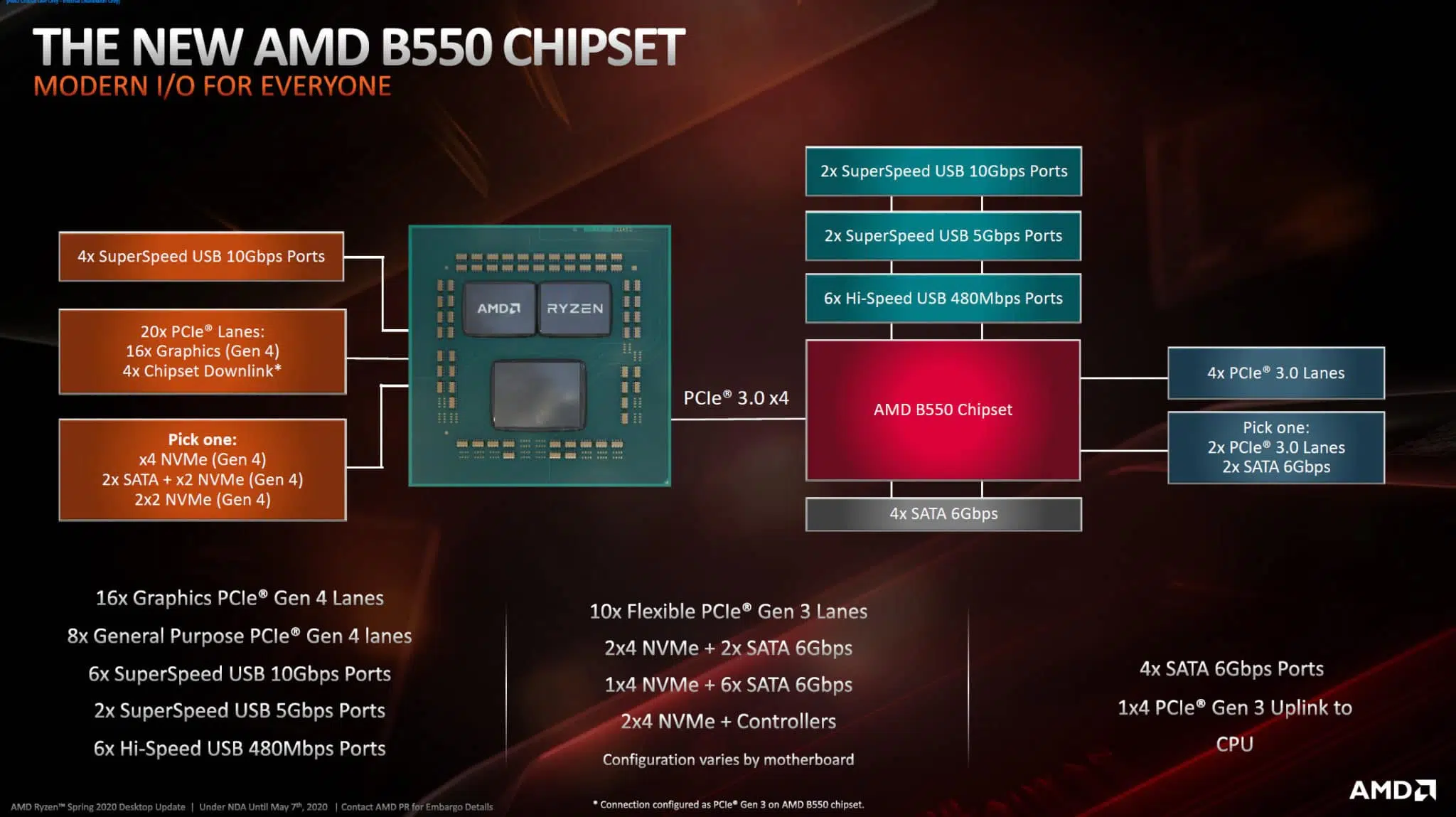
Just a little refresher about the AMD B550 chipset. This is a mainstream chipset from AMD that was just launched this year, not too long ago in fact. The official launch was in June 2020. Though, many enthusiasts would argue this chipset should have launched last year, closer to the launch of the AMD X570 chipset. In this regard, the B550 chipset is a bit late to the game.
However, what it strongly has going for it is that it is forward compatible with the next generation Zen 3 CPUs (Ryzen 4000 series) coming out rumored at the end of this year. That means the B550 chipset has support for today’s Zen 2 CPUs, plus tomorrows Zen 3 CPUs. In order to achieve this though, it has had to shed some compatibility with older generation cores like Zen and Zen+ and CPUs with integrated Vega graphics pre-Zen 2. You can see AMD’s official compatibility chart here.
So, what is B550 good for then? Well, it offers PCI-Express 4.0 support, and should supposedly offer a lesser priced option to get into Zen 2 and eventually Zen 3 CPU performance so you don’t have to spend so much on an X570 motherboard. AMD B550 allows for up to 20x usable PCI-Express 4.0 lanes, and up to 10x usable PCI-Express 3.0 lanes. It supports up to 6 USB 2.0 ports, up to 6 USB 3.2 Gen 2 ports (10Gbps) and up to 2 USB 3.2 Gen 1 ports. It also supports up to 8x SATA ports and overclocking support. This means NVMe PCI-Express 4.0 SSDs and PCI-Express 4.0 graphics cards.
Now, there are differences between B550 and X570 support, naturally B550 has lesser support in some areas. That being, X570 has PCI-Express 4.0 general purpose lanes available, while B550 does not, also the CPU chipset up-link is PCI-Express 4.0 on X570, while it is PCI-Express 3.0 on B550. There is also more support for USB 10Gbps ports on X570. However, an interesting note, some of these things, like more SATA ports or more USB ports can be augmented on B550 chipset motherboards by manufacturers including specific hardware chips that expand I/O capability.
This is where we start getting into more expensive B550 chipset motherboards, the more features they augment outside of the chipset capabilities, the more expensive it can get. However, feature wise they could match X570, yet still be less expensive overall.

